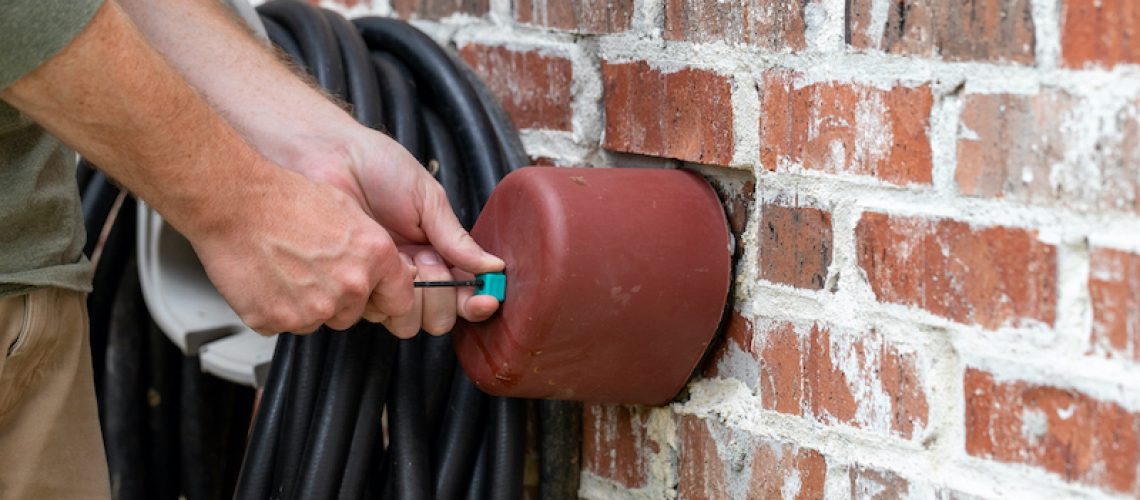Winterizing your House

Now is the time to winterize your house, even if the weather is still above freezing.
When the weather turns chilly, your house needs to button up, too. Trust us, you’ll want to nip any issues in the bud before the temperature drops too much. Here’s a handy list of things to check on your house to keep it cozy, save on energy bills, and prevent a nightmare’s worth of damage you’ll have to tackle come spring (or even worse, in the dead of winter).
- Check the ground to make sure it slopes away from your house, which helps prevent melting ice and snow from seeping into your home.
- Look for gnawing marks on vents and trim, which signal that critters are trying to make their winter home in your attic. If you see teeth marks, patch holes to discourage unwelcome visitors.
- Inspect caulking around doors and windows to make sure it’s not cracking or peeling, which will let cold air in and heated air out, increasing winter energy bills.
- Check roof shingles, and replace any that are curled or missing.
- Cut back tree branches overhanging the roof, which could cause damage during storms.
Another essential aspect of winterizing is making sure your home keeps heat in and cold out!
Here are some ways to make that happen:
- Before temperatures drop, make sure your furnace is blowing hot air. Clean or replace filters, and be sure drapes and furniture don’t block floor vents. It’s also a good idea to hire an HVAC professional to oil the furnace blower motor annually.
- Check for air leaks from outside. Sometimes stopping hot air from escaping your home is as easy as stuffing a draft snake (a tubelike cushion) under doors. You can make your own by filling a knee sock with dried beans or popcorn kernels. Other ways to stop air leaks are to replace weatherstripping around windows, replace door and window screens with storm doors or windows, or replace old door sweeps on exterior doors.
- If your water heater is located in a garage, attic, or other unfinished space, cover it with an insulated water heater blanket that will help prevent heat loss.
- If your wood-burning fireplace is just decorative, plug and seal the chimney flue to make sure heated air doesn’t, literally, go up the chimney. If you still burn wood, close the flue when you’re not making a fire.
- Drain and blow out your sprinklers, or have it done professionally. Water in the sprinkler lines can cause cracks or leaks underground and a big plumbing bill surprise in the spring.
SHARE ON SOCIAL
Facebook
Twitter
LinkedIn
Pinterest










